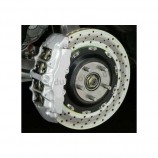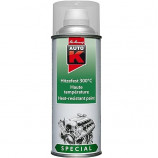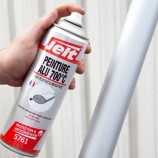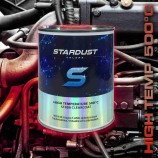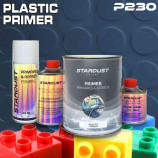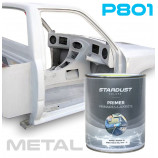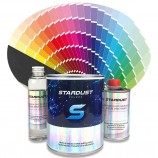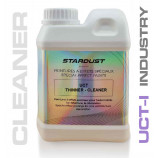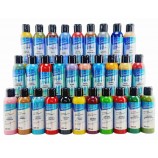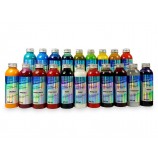All Products are in stock
and shipped from France.
Delivery within 48 hours.
and shipped from France.
Delivery within 48 hours.
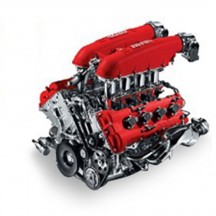
Car cylinder block paints
Here are some specialties that figure prominently among all car paint for car parts: these are engine paints or more specifically, certain upper and visible parts of the engine. These are essentially car paints with a natural adhesion to metal and with sufficient qualities to withstand the extreme temperatures and conditions that car paints for ...Read more
-
HIGH TEMPERATURE PAINT 160°C or 700°C
In Stock 21.60£Packaged in 250ml 1L or Spray 400ml Available colors:Aluminum 700 °Gold 350° - Red 160° - Green 330° - Yellow 200° - Black 300° - Orange 180° - Blue 300° -
Paint and clearcoat for high temperature 300 °C brake calipers
In Stock 21.60£400ml capacityProduct availabledelivered in 48hrsfor orders placed before 3:30PM 3 different versions300 0C Red300 0C Transparent topcoat300 0C Black -
BLACK OR ALUMINUM HIGH TEMPERATURE PAINT 700 °C - SPRAYCAN 400ml
In Stock 16.20£Available in 2 different colours: Glossy Aluminum or Matt Black -
ultra high temperature clearcoat 500°C
In Stock 21.60£ready to use monocomponent clearcoatindustrial and automotiveAvailable in - 400 ml aerosol can - 250 ml can - 1 Litre can - 5L can -
PLASTIC PRIMER / MONO-COMPONENT ADHESION PROMOTER P230
In Stock 21.60£Paint for Plastic - All plastic adhesion primer A special liquid and transparent product to promote adhesion over various plastic surfaces.Product available. -
-
RAL or PANTONE Tints in polyurethane 2K paint
In Stock 32.40£All Ral or Pantone shades of your choice (except pearlescent and metallic) in direct gloss lacquer : - 0.375ml kit- 0.875ml kit- 1.650ml kit- 8.5 L kit- 1 290ml two-component aerosol- Set of 3 290ml two-component aerosols (no mixing) delivered with hardener and thinner -
Universal Cleaning Thinner (solvent-based)
In Stock 9.72£The product is available in different packagings: 1L 5L -
OPAQUE AIRBRUSH SOLVENT-BASED PAINTS -125ml
In Stock 11.73£ 13.80£Reduced price!GRAPHIC Range for airbrush 54 different opaque shades in stock To choose -
Semi-transparent AIRBRUSH PAINTS
In Stock 11.73£ 13.80£Reduced price!GRAPHIC Range Semi transparent serie 11 references in stock























